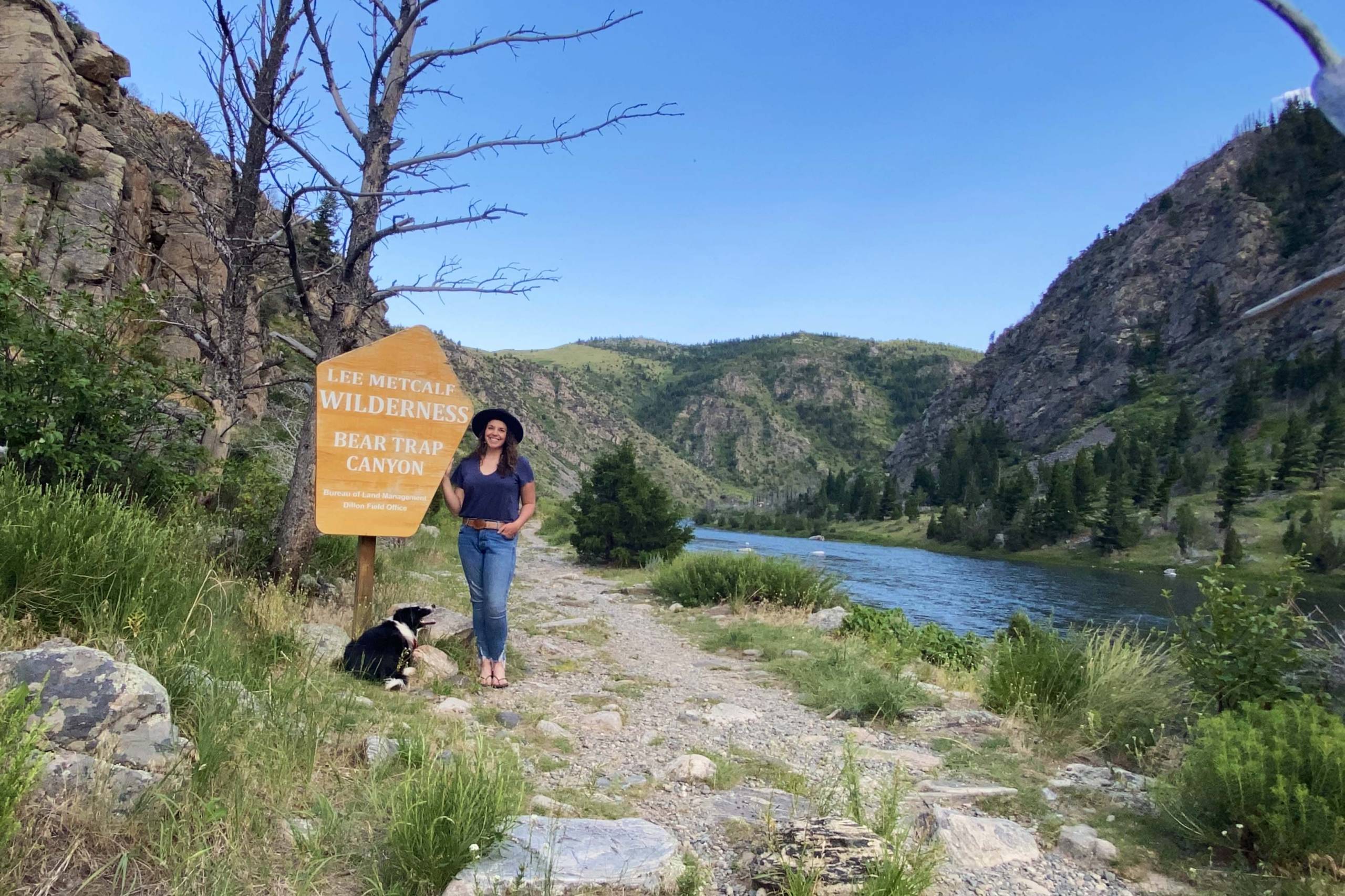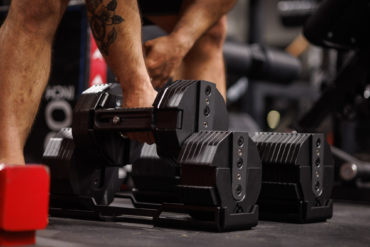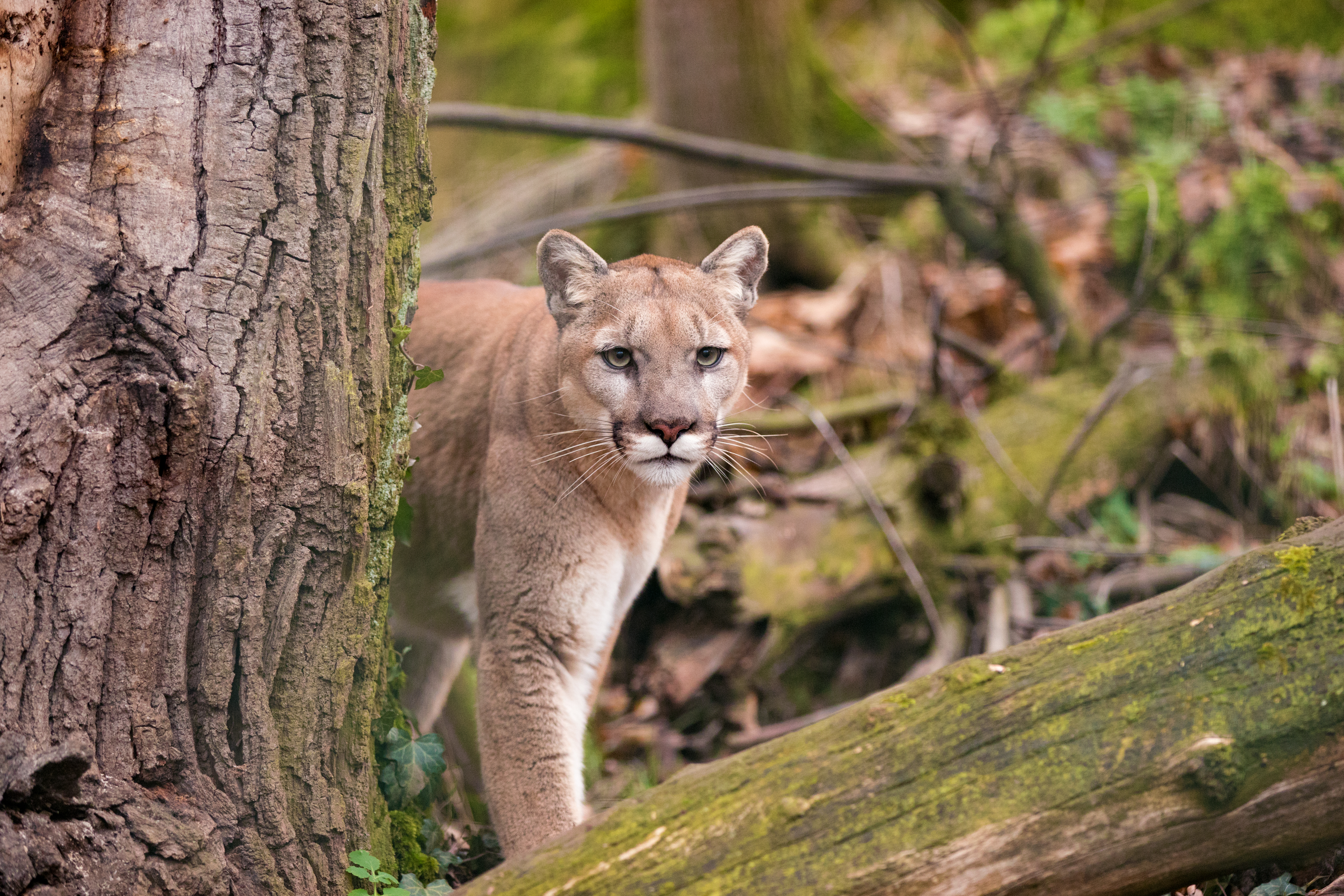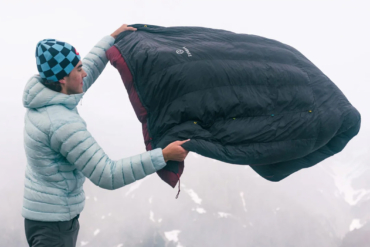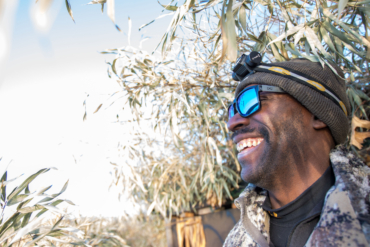GearJunkie’s Hunt & Fish Editor Nicole Qualtieri went through four knee surgeries in 13 months. Here’s where she’s at a year into total knee replacement recovery.
It’s been a year. Two, really. Between a global pandemic, cultural strife, and personal physical challenges, I’d put the past, oh, 2 years on notice for their bad behavior.
Or, I guess, when it comes to the physical stuff, I’d call it a period of rebuilding. The gist of the story of my knee situation is thus: I had really bad arthritis in both knee joints. Like, hold-onto-the-walls bad on the worst days, and total insomnia due to severe knee pain on the worst nights.
Because of this, I was a candidate for total knee replacements at only 35 years old.
I wrote about the story in full once I had my first knee replacement in January 2020. I did the second knee the following May. And since then, I’ve had folks reaching out pretty consistently on social media asking where I’m at now.
So let’s fill in the details.
The Total Knee Replacement Post-Surgery Feels

When I decided to do my knees separately, it was for good reason. I live in a two-story walk-up apartment and it was winter in Montana. Two knees down felt like an impossible hurdle; I wanted one good leg to stand on while I healed.
Some folks opt for bilateral knee replacements on the same day, but that entails a hospital stay. And with doing each knee separately, I was able to do outpatient surgeries with my orthopedic clinic in Bozeman, Montana. I went in for surgery in the morning, and I was back in my own bed that night.
There were different challenges with each surgery. With the first surgery, I experienced a lot of what I would call deep and jarring bone pain.
The second, my stomach was just done handling the crazy amount of meds I was taking. Basically, I puked a lot for a month. Less pain, more puking. Uncool, both ways.
With both surgeries, I had a lot of insomnia for 2 to 3 months. It’s just hard to sleep when you’re healing. I remember crying to my physical therapist and asking when I’d be able to sleep again. Eventually, it comes. But man. It sucked. It sucked a lot.
I can’t speak to what others go through, but this is what I went through. And looking back, it was tougher than I think I gave it credence. Each surgery was a major physical trauma; my bones were sawed off and hammered into. Two major joints were removed and replaced.
But it’s important to understand that intentional trauma can be the healing kind. Onto the healing part.
Total Knee Replacement Physical Therapy Blues
Apologies to my very awesome physical therapist for the subhead. But the physical therapy blues are real.
In addition to PT a few days a week, I spent the first 3 weeks of healing strapped into a continuous motion machine that slowly rotated my joint in a supine bicycle motion for 8 to 10 hours a day. It wasn’t torturous, but I wouldn’t say it was a joy ride, either.
From then on, life was about angles. Straightening the knee was all that was talked about for at least the first month.
My left knee straightened more easily than the right. The right knee has more flexion than the left. And there were a lot of threats around what would happen if my knees didn’t straighten out to zero degrees.
Well, they both did eventually. But it didn’t feel great for a while.
From there, it was all about strength and true recovery. From minor leg lifts to squats, from sitting to standing, walking to biking, it all ached and it all slowly but surely got better. It was a one-day-at-a-time cumulative effort.
Some days were major steps back. Other times I’d overdo it and I’d really be punished by my body the following day. I just wanted to feel normal. On the good days, I went for it. But I often paid for it too.
And by the end of summer, they were all pretty good days.
Back to Life, Back to Reality

I hiked more than 3 miles with some steady and some steep incline last September, with my hunting bow in hand. It was my first time feeling somewhat capable again outside, and whether I was truly hunting or not didn’t necessarily matter.
I was out there, and I was feeling good. And I was overlooking a vista where elk and deer lived year-round. Soreness still lived in my healing knees. And my newest knee still needed a lot of babying.
I spent the fall hunting season still locked into some limits of my own making, not wanting to overdo it or hurt myself in the process. But I was also able to build strength and go for longer, easier, less painful hikes than I could before both surgeries.
One thing I’ve come to understand, too, is that I have lived in both a conscious and subconscious state of protectiveness when it comes to what I know my knees could — and couldn’t — handle.
By the time the deterioration had fully set in, even a mile to a mile and a half could put me in a situation that would take a while to walk out of. I walked a few 45-plus-minute miles after my knees had locked up in the woods.
So I pushed myself but not to the limit. On one gorgeous late fall day in November, I hiked to a mountain ridgeline for the first time. I bumped deer. I heard bighorns ramming in the rock walls of the range. And I found elk sign and tramped through the snow, gaining over 1,000 feet in elevation. This was my favorite hunt of last fall.
Although I didn’t punch a tag on that hunt, I regained some of the freedom I’d lost. And I dumped a helluva lot of physical pain in the process. Luckily, I ended up filling my pronghorn tag and managed to make it out of the season with meat in my freezer.
Bringing My Total Knee Replacement Recovery Into the Present

It’s late April. And one month from today will make it a full year since my final surgery. So, 11 months later, here’s where I’m at.
I feel f&**ing amazing.
I ride my horse 4 to 5 days a week, and I walk or hike with my pups every day. I’m doing yoga or stretching combined with strengthening exercises most days. And I recently started a return-to-running program approved by a physical therapist.
My only caveat for running is that it’s less running and more what I’d call a “soft jog,” and it doesn’t happen on pavement or concrete. I am sworn to soft ground. Thankfully, Montana has plenty of that via our trail and park systems.
And this is really the strongest I’ve felt since 2017 when my knees hit the final wall of their utility.
No Regrets, Just Fun Ahead
The good news is that I truly have no regrets. Western medicine can be as life-giving as any other. Within my body are two major joints bioengineered for movement and built from NASA-borne materials.
My legs are truly bionic. It is hilarious, strange, and life-changing.
It was also a wildly difficult ride to this point. Some things will likely always feel weird. There are clicks and movements I do where I can feel the difference. But the pain is gone.
The pain is gone!
I can run down my stairs, I can hike up a mountain, I can ride my horse with my legs in a correct and efficient position. I can go for a jog. And I can ride a bike, take a yoga class, or wade in the river. Next winter, I’ll snowboard again.
I’m at the beginning of the next stage of my life as an athlete.
A Note to Folks in Similar Circumstances

As of late, I’ve received more than a few messages of folks in dire straits with their knee problems. And, as there isn’t a ton of info on younger people in need of knee replacements, I think my story has resonated for many.
For me, bilateral replacements were the right choice. My knees were truly at the end of their life cycle. And I’ve been given a new opportunity to live life without extreme pain. This is not a dramatization. Extreme pain, on the regular.
Doctors can be reluctant to do this surgery for young people. I know. They were for me.
So here’s my advice: Be your own advocate, but give the docs credence. Get more than one opinion.
For me, the two surgical scopes I had before surgery showed my doctor what really was going on inside of my knees. This was a big step.
The other big step was talking about my quality of life. As an outdoorswoman, my life revolves around movement. And then, it didn’t because I couldn’t. If you’ve experienced extreme shifts in your ability to function, this is a major talking point. Use it.
Total knee replacements are a last-straw approach. If you can mitigate the need for a TKR, there are other options out there. But if you can’t, there’s still light at the end of the tunnel. It’s a long journey to recovery, but eventually, life comes back around.
